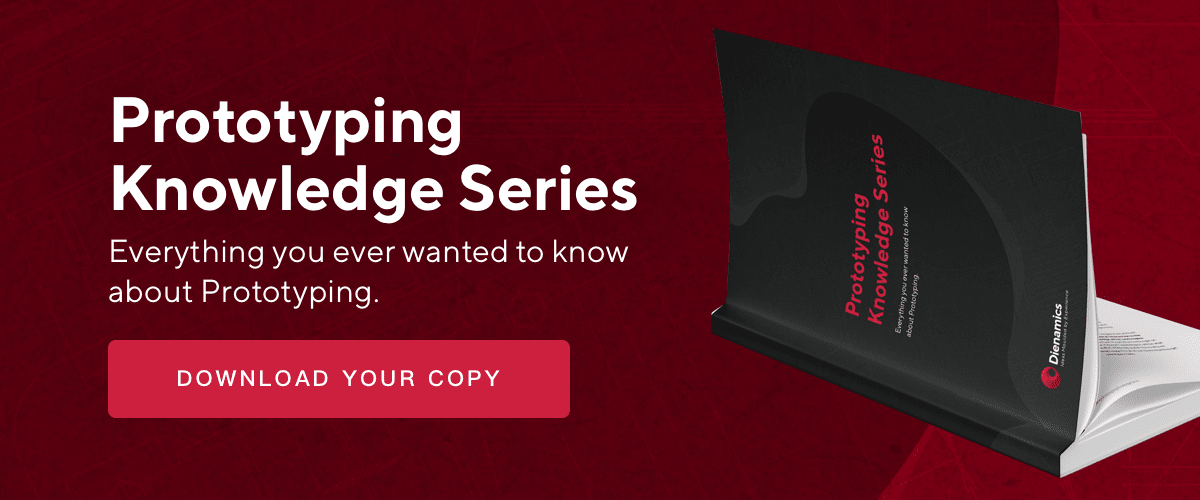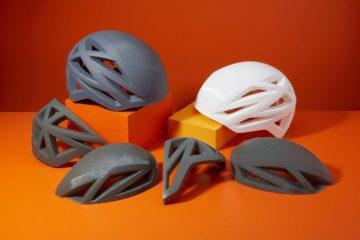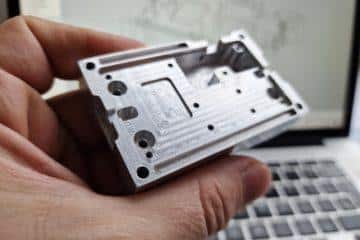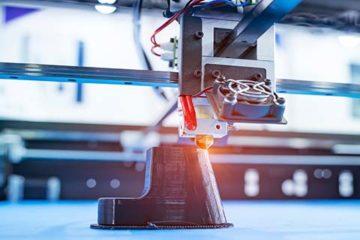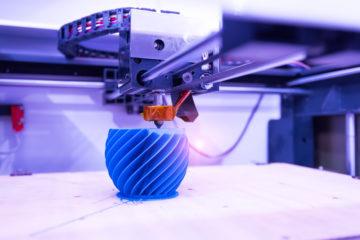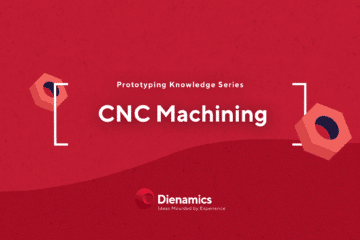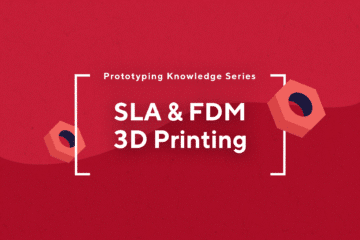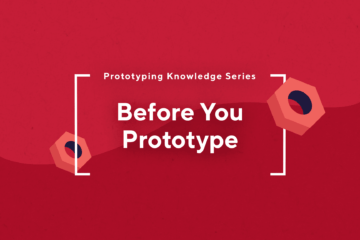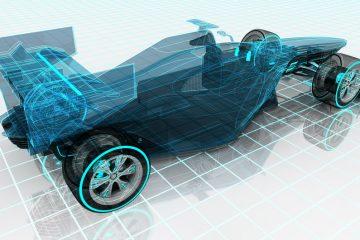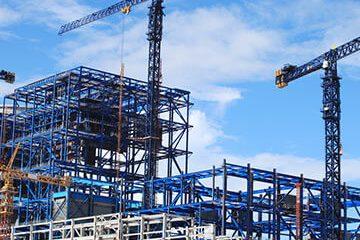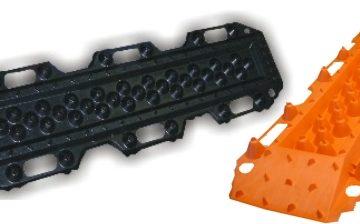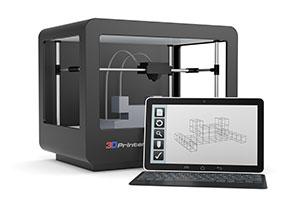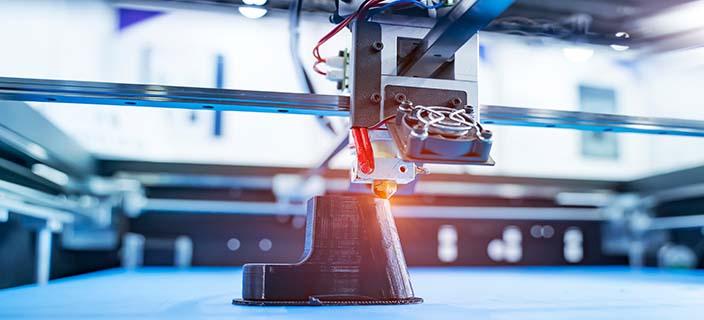
At Dienamics, our industrial design team employs rapid prototyping to make sure your finished product works just the way you want it to. You might already know some of the key benefits of rapid prototyping from checking out our previous blogs. Here, however, we are going to let you in on the specific reasons why we use rapid prototyping.
Applications
Concept models
A physical concept model is an ideal way to explore a concept and demonstrate its validity to investors and/or the market. Concept models bring with them the opportunity to both validate ideas and the assumptions that lie behind the idea. This is an early-stage prototype and will likely not have the same appearance or be made from the same materials as the final product.
Functional prototypes
These prototypes are created as an accurate representation of the finished product, and as such, effectively highlight details about it – whether good or bad. This enables changes to be made in the design phase; ensuring that the fit, design, manufacturability, and function of the product are validated before moving onto the next stage.
Aesthetic prototypes
These prototypes are used to determine the most appealing form, colour, and texture for the product. Ideally, you want your consumer to have feelings of pleasure and satisfaction when using the product.
Depending on the demographic, consumers will have certain aesthetic preferences. If you wanted to highlight your product’s toughness and durability, you would likely use different materials to that of a luxury product. In any case, prototyping to identify market preferences will help you to target the right consumers.
Materials
Have you got a product that requires high tensile strength? Or do you have a product that needs to be flexible at certain contact points?
Fortunately, rapid prototyping uses a range of materials to fulfill these types of requirements. When designing a new product, designers can best predict its end performance by prototyping with materials that share similar properties to that of the final product. This also gives you a more realistic ‘feel’ of the product during its testing phase. 3D printers, CNC machining, and vacuum casting are all prototyping processes that use plastic material. But each plastic can work in incredibly different ways to achieve specific outcomes.
Conclusion
By choosing rapid prototyping, you can thoroughly test and refine a concept. You can minimise design flaws and validate product marketability with a small volume of prototypes. This can eliminate costly errors/design flaws, or simply allow for change, early in the process. Once prototypes are tested, the design can be refined to the most effective and efficient form. With each iteration the design improves further, building confidence for you, the designer, and the end-consumer.
At Dienamics, we offer a range of rapid prototyping services. Contact us for more information.
Subscribe to Our Newsletter
Get the latest news from Dienamics into your inbox





